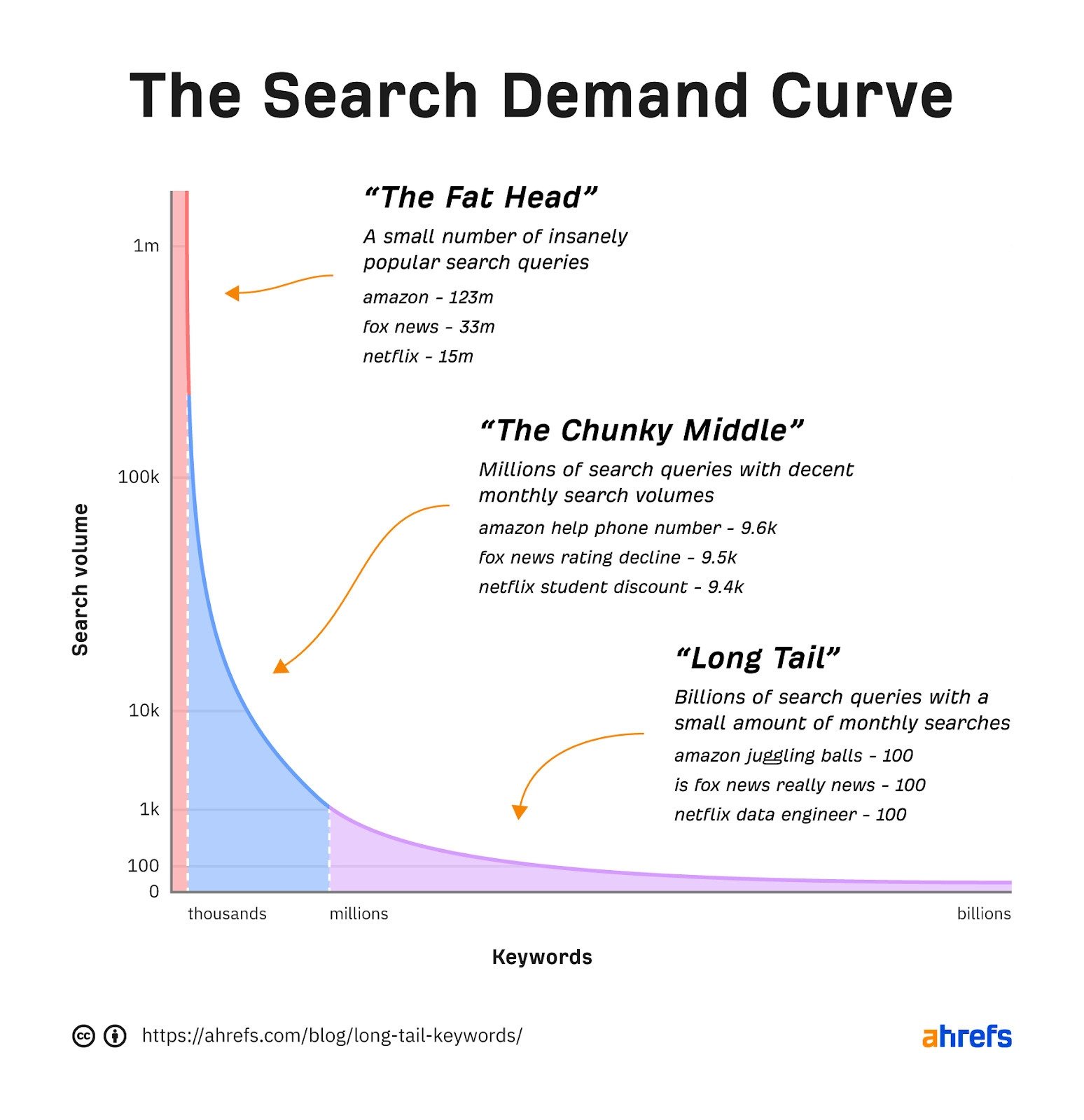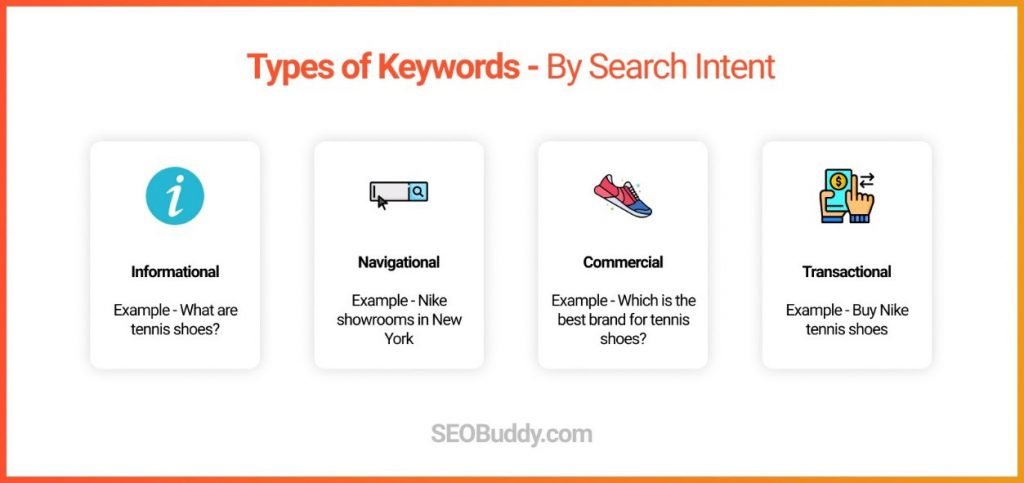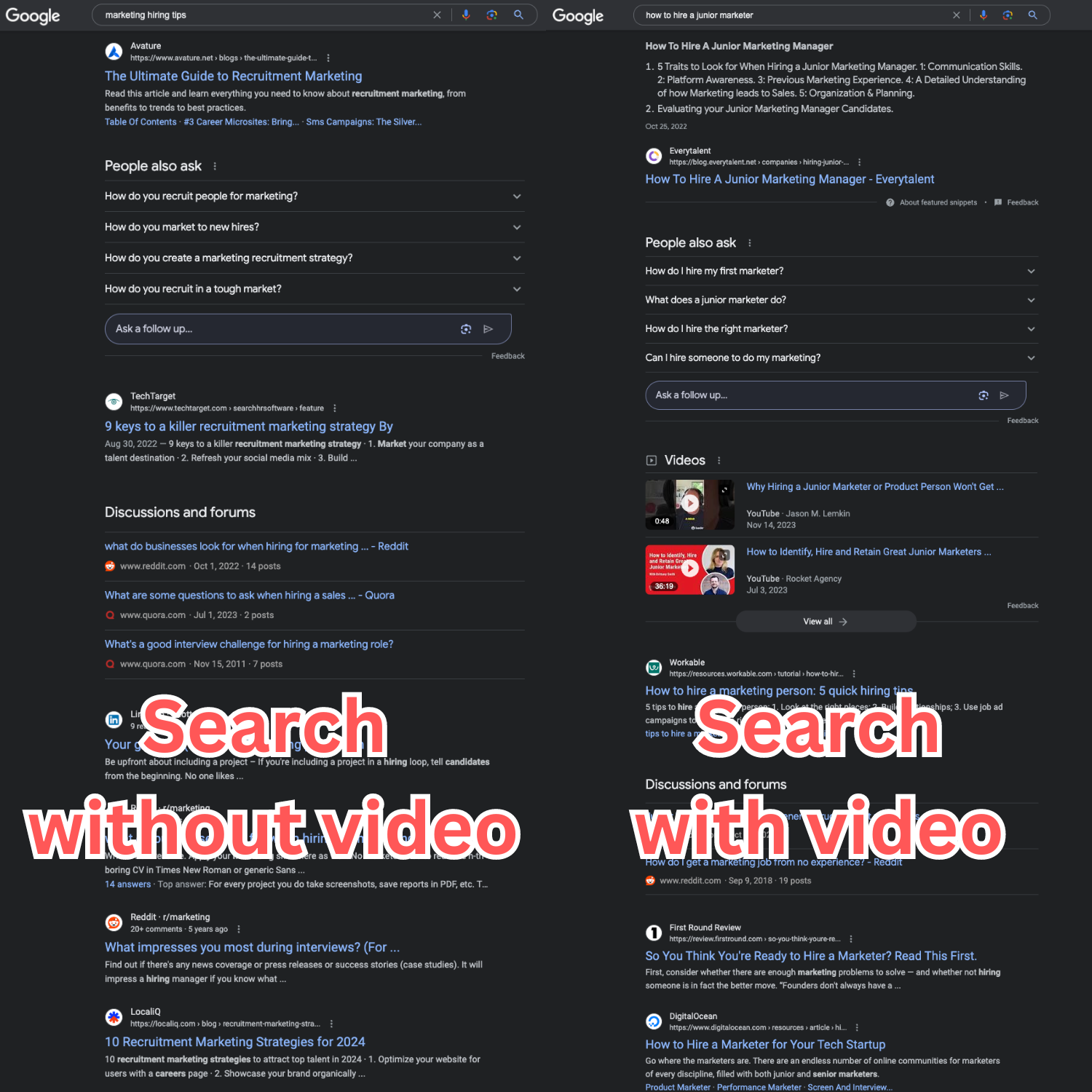6 SEO Tips for Food Bloggers Looking to Grow Their Website Traffic
In the world of food blogging and recipe creation, Instagram has been a flagship platform for sharing delicious content, connecting with food lovers, and building an audience. But for many content creators in this space, there’s a growing interest in expanding their online presence beyond Instagram. More and more creators are turning their attention to their own websites, seeking to grow their audience in a new way. But what drives this move? Why focus on website traffic when Instagram already provides a space for sharing and engagement?
The importance of growing an owned space
Driving traffic to a website offers food bloggers more control over their content and the way it’s presented. Unlike Instagram, a website allows for a more organized and searchable archive of recipes, deeper engagement through comments, a channel for capturing email addresses, and the opportunity to monetize through ads, sponsored content, and product sales. It’s not just about reaching more people, it’s about building a sustainable and diversified online presence.
This move to focus on website growth is about more than just numbers, it’s about creating a space that food bloggers can truly call their own. It’s where they can share their culinary journeys with more depth and freedom, engage with their audience on a more personal level, and take their passion for food to the next level.
Starting with the basics of SEO (Search Engine Optimization) is one of the most approachable and scalable methods for growing website traffic over time. In this guide, we’ll provide you actionable SEO tips and examples from recipe creators crushing their food blogging websites!
Content marketing tips
1. Embrace long-tail keywords
Long-tail keywords are phrases that are more specific and usually longer than more commonly used keywords. Sure, they may have less monthly search volume, but they’re also less competitive and can significantly improve the chances of ranking higher in search results.
For example, instead of targeting a broad term like “cake recipes,” you could focus on long-tail keywords such as “gluten-free chocolate lava cake recipe” or “vegan vanilla cake recipe for beginners.” These long-tail keywords are more specific, catering to a niche audience looking for particular types of cake recipes. By targeting these, you can attract visitors who are more likely to engage with the content because it precisely matches their search query.
2. Understand different search intent
Understanding the intent behind the keywords people look up is crucial for creating content that meets their needs (and what Google will be more likely to show in its search results). There are typically four types of search intent: informational, navigational, transactional, and commercial keywords. The image below offers a great distinction between these keywords!
For example, if you discover that a significant number of people are searching for “how to make sourdough bread,” the search intent is likely informational. These searchers are looking for detailed guides or recipe blogs rather than a site that’s selling sourdough bread ingredients. Knowing these distinctions will give you an edge when creating content. And if you need a gut check, simply examine the first few results Google shows and make your best judgement.
Pro tip if you have a food blogging YouTube channel
Analyzing Google search results is also a great way to determine which keyword variations may be popularly searched on YouTube. For example, the image below shows two similar searches, although, one returns what’s called a Video Carousel and one doesn’t. Which one do you think is more popularly searched on YouTube? Simply use the trick below when coming up with your next video idea + when writing your video title and meta description to make sure it’s keyword-rich!
3. Create content around seasonal trends
Understanding seasonal trends is a powerful strategy for you to boost both website and Instagram engagement. Google Trends is a free tool for identifying these trends, allowing you to analyze search patterns over the past five years to pinpoint when specific topics, like “pumpkin pie recipes” or “spiced cocktails” peak in popularity. This data helps in planning content that aligns with your audience’s interest and ensures it’s ready just as the trend begins to gain traction in Search. For example, we can see the peaks and valleys in the Google Trends screenshot below.
You should aim to create content around seasonal topics in their lowest engagement points so that they’re perfected and ready to promote come peak trend. This also helps with your Instagram publishing schedule! Two birds with one stone.
On-page SEO tips
4. Adopt the Hub-and-Spoke model
The Hub and Spoke model is an approach in content marketing that organizes content around a central theme (the Hub) and related subtopics (the Spokes). This model helps in creating a structured and interconnected content ecosystem that improves user experience, makes it easier for people to navigate you website and blog, and helps SEO by establishing topical authority and improving internal linking. Below is an image of the concept of Hub and Spoke:
Let’s use vegetarian recipes as a pillar content example.
Hub: The central hub could be a comprehensive guide titled “The Ultimate Guide to Vegetarian Cooking,” which provides an overview of vegetarian cuisine, including nutritional information, benefits of a vegetarian diet, and tips for getting started.
Spokes: Surrounding this hub, you’d create spoke content that dives deeper into specific aspects of vegetarian cooking. Examples of spoke articles could include:
“15 Quick and Easy Vegetarian Dinner Recipes”
“How to Make Vegetarian Meals High in Protein”
“10 Tasty Vegetarian Recipes for Kids”
“The Best Vegetarian Meal Prep Ideas for the Week”
“Seasonal Vegetarian Recipes: A Guide Through the Year”
Each spoke article would link back to the hub page, and the hub page would link out to each spoke article, creating a network of related content. This structure not only makes it easier for readers to navigate through the content but also helps search engines understand the site’s structure and the relationships between the pieces of content, improving your SEO.
5. Add schema markup to your recipes
In simplest terms, schema markup (a fancy term for structured data) adds more “features” to your URL when it shows up in search results. Take for example Lexi’s Clean Kitchen. Using schema markup for her recipes, Lexi’s website shows useful information in the search result that can entice more clicks.
By implementing recipe schema markup, bloggers can provide search engines with detailed information about their recipes, such as ingredients, cooking time, nutritional information, and ratings. This variety of data helps search engines understand the content’s context and relevance to specific searches, improving the accuracy of search results.
Recipe schema also allows food bloggers’ pages to qualify for rich snippets in search results. Rich snippets can include images, ratings, preparation time, and more, directly in the search results. This not only makes the listing more eye-catching but also provides valuable information to users at a glance. Below is an example from Google showing rich snippets in both the All and Images tab.
To get started with recipe markup, check out Google’s comprehensive blog post here. Otherwise, some website builders already provide free or paid plugins and options for adding schema automatically.
Off-page SEO tips
6. Earn backlinks to your blog
It’s hard to ignore the importance of building backlinks to your food blog. In fact, it’s said that websites that rank #1 on Google search results have 3.8x more backlinks than their top 10 competitors. However, getting links to your blog is getting harder and harder each year. Although, given your prominent Instagram audience, this does create some unique backlink opportunities for you. Some ideas include:
Recipe Roundups: Organize or participate in themed recipe roundups, where various creators contribute a recipe within a specific category. Each recipe gets its own blurb with a link back to your website.
Link Exchange: Swap relevant links with other food bloggers who have complementary audiences. Ensure the exchange is natural and doesn’t appear spammy, and make sure the creator you’re swapping with has an audience of equal or greater size.
Co-created Content: Partner with another creator on a recipe video, blog post series, holiday recipe guide, and other co-created content ideas. This allows you to tap into each other’s audiences and build backlinks on both sites naturally.
Remember, building authentic relationships and offering genuine value are key to successful collaborations with other food bloggers. By partnering with other creators, it makes building backlinks on a consistent basis less of a headache, which means more traffic for you in the long run!








